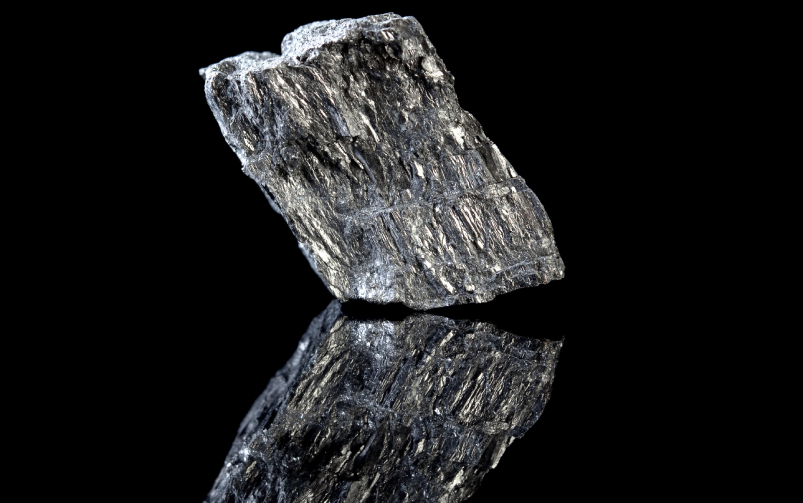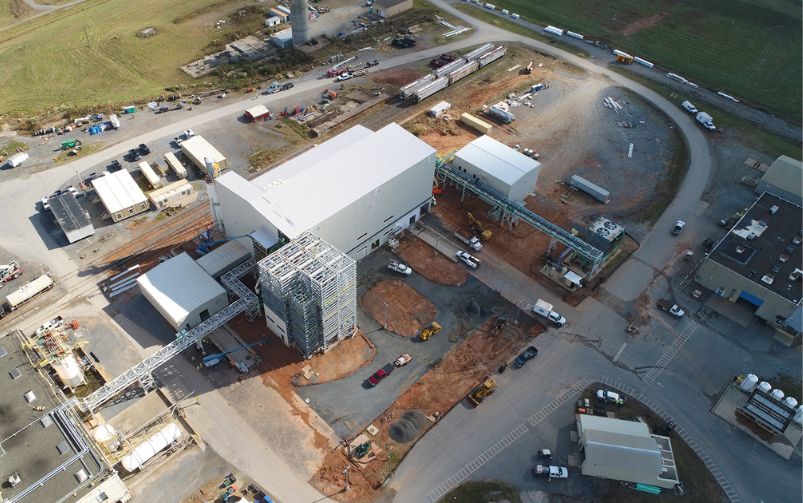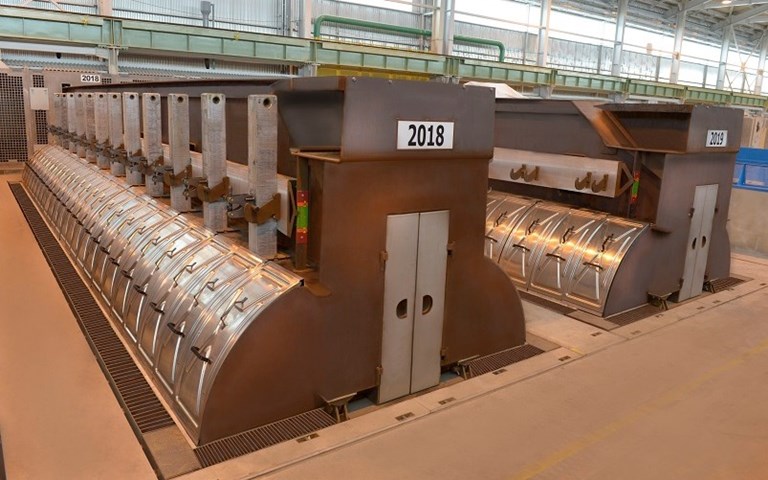The expansion will add a further 96 AP60 pots to increase the smelter’s capacity to approximately 220,000 tonnes per year. Courtesy of Rio Tinto.
Rio Tinto is investing $1.4 billion to expand its low-carbon AP60 aluminum smelting technology at its Complexe Jonquière in the Saguenay–Lac-Saint-Jean region of Quebec. Speaking at a press conference on Monday, Rio Tinto CEO Jakob Stausholm called the expansion “the beginning of a new chapter of our aluminum operations in Quebec,” adding that it is the company’s most significant investment in its aluminum business for over 10 years.
“It’s also the most significant investment in the aluminum business across the western world for more than a decade, an investment that seriously strengthens our offering of high-quality, low-carbon products to meet the growing demands from customers who are also looking to reduce their footprint,” he noted.
Aluminum smelters consist of several connected reduction cells, or pots, where electrolysis is used to produce primary aluminum. Rio Tinto’s research and development teams developed the AP60 smelting technology, which the company said is among the lowest carbon and most efficient technology currently available at commercial scale. The company produced the first metal from the AP60 smelting technology in September 2013.
The Complexe Jonquière currently has 38 AP60 pots in operation with an annual production capacity of 60,000 tonnes of primary aluminum, and the expansion will add a further 96 AP60 pots to increase the smelter’s capacity to approximately 220,000 tonnes per year, which the company noted is enough aluminum to manufacture 400,000 electric cars. Construction of the expansion is estimated to take two and a half years, with commissioning of the new pots planned for the first half of 2026, followed by full ramp up by the end of that year.
According to Rio Tinto, when combined with the renewable hydroelectricity used at its Canadian operations, the AP60 smelting technology generates approximately 1.6 tonnes of carbon dioxide equivalent (CO2e) per tonne of aluminum produced. This is half the greenhouse gas emissions of the technology currently being used at the Arvida smelter, which emits around 3.2 tonnes of CO2e per tonne of aluminum produced, and significantly lower than the aluminum industry average of more than 12 tonnes of CO2e generated per tonne of aluminum.
The gradual closure of potrooms at Rio Tinto’s Arvida aluminum smelter, which is also located at the Complexe Jonquière, starting in 2024 will coincide with the expansion of the AP60 smelter. Rio Tinto said the new capacity of the AP60 smelter will offset the 170,000 tonnes of capacity the company will lose by closing the Arvida smelter, and the company also plans to add a further 30,000 tonnes of new capacity in the first quarter of 2025 by commissioning a recycling facility at Arvida. This recycling centre will include integrating recycled post-consumer aluminum into primary aluminum alloys.
“Arvida will continue to play an important role as a research hub and as a base for our new recycling centre, which will offset production along with the AP60 smelter,” said Stausholm. “By harnessing the full potential of our existing assets, we are fulfilling our purpose of finding better ways to provide the materials the world needs.”
Related: The CIM Convention’s Wednesday lunch keynote focused on three key priorities in decarbonization
The investment in the expansion includes up to $150 million of financial support from the provincial government. “A great momentum is building in our regions for our green economy,” said Quebec’s premier, François Legault, in a June 12 press release. “The aluminum industry in Saguenay–Lac-Saint-Jean has always been a real source of pride and has created considerable wealth in the region. Today’s announcement will breathe new life into this industry with greener, less polluting processes.”
According to the Quebec government, the province is the world’s fourth-largest producer of primary aluminum, producing almost 2.9 million tonnes annually; it stated that approximately 90 per cent of Canadian aluminum and nearly 70 per cent of North American aluminum is produced in Quebec.
“For decades, Quebec has distinguished itself as the greenest aluminum in the world, powered with 100 per cent renewable hydroelectricity,” said Stausholm. “It is thanks to our brilliant, innovative Québécois colleagues and partners that this region has become the centre for aluminum in the western world.”
In April this year, Rio Tinto began construction for the expansion of its aluminum smelter near Alma, Quebec, to increase its capacity to cast low-carbon aluminum billets. This expansion is expected to be commissioned in the first half of 2025.
Rio Tinto has also signed a memorandum of understanding with the federal government that the company said deepens its commitment to strengthen the domestic supply chain. “Through collaborations with the government of Canada, we are decarbonizing our iron and titanium operations in Sorel-Tracy and transforming the business into a centre of excellence for critical minerals processing,” said Stausholm. “Our key focus will be the decarbonization of our aluminum supply chain here in Canada.”
François-Philippe Champagne, Canada’s Minister of Innovation, Science and Industry, said in the June 12 press release: “Canada has all it takes to be the global green supplier of choice. And that is why our government is collaborating with key industry actors like Rio Tinto to produce the world’s greenest aluminum. By supporting the production of green metals, we ensure Canada will remain at the forefront of the economy of tomorrow. When economic benefits are paired with a commitment to developing green solutions, it’s a win for our industry, our cleantech ecosystem and our workers.”
Rio Tinto also noted that it is still working with the federal and provincial governments towards the deployment of the ELYSIS zero-carbon aluminum smelting technology at its facilities in Saguenay–Lac-Saint-Jean. Under the current schedule, ELYSIS technology could be available for installation from 2024, followed by the production of larger volumes of carbon-free aluminum around two years later.
“The gradual ramp down of Arvida and the expansion of our AP60 smelter is an important step as we continue to work towards the deployment of our ELYSIS zero-carbon smelting technology,” said Stausholm. “We are deeply committed to the development of ELYSIS, a truly breakthrough technology that will revolutionize the aluminum industry. For now, what is clear is that we are making considerable strides to transform aluminum production. Aluminum is so essential to the world we live in and the energy transition. Demand for green metals to fuel decarbonization is only growing. Together, we’re making sure Canada is at the vanguard of this opportunity.”




